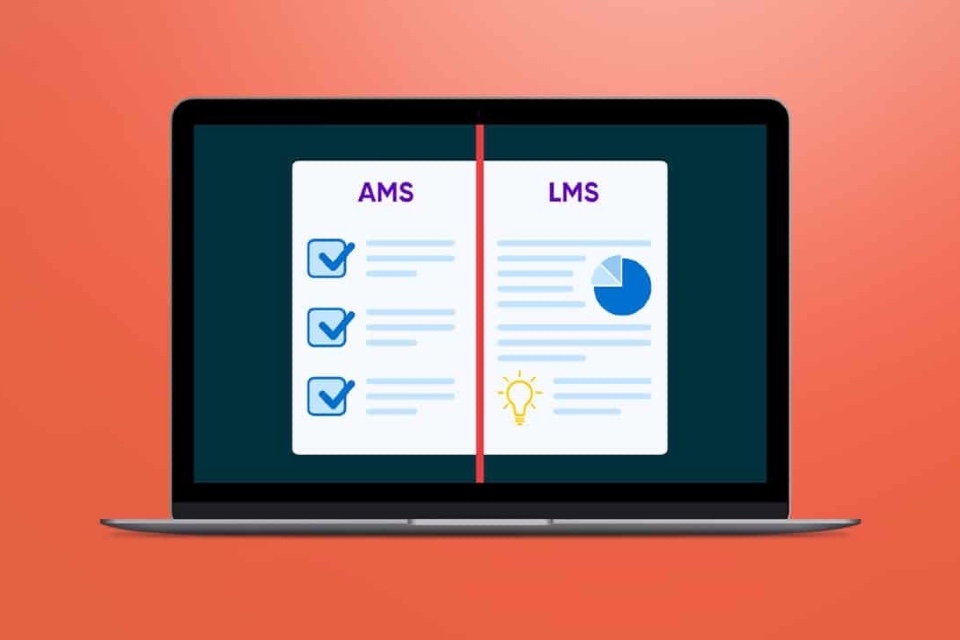Succession planning is a strategic process for identifying and developing new leaders who can replace incumbents when they leave, retire, or in thankfully rare cases, are no longer able to work. In dynamic business environments, it is critical for HR managers to ensure there’s a continuous pipeline of capable individuals ready to step up. Here are top tips for HR managers in the to consider when developing a robust succession plan, based on input from delegates and suppliers at the HR Summit…
1. Align with Strategy: Ensure that your succession plan aligns with the long-term goals and strategy of your business. Identify the roles that are critical to the company’s success and focus your succession planning efforts on these positions.
2. Assess Current Talent: Conduct a thorough assessment of the current workforce to identify employees with the potential to assume leadership roles in the future. Use a combination of performance data, psychometric testing, and 360-degree feedback to get a comprehensive understanding of their skills and potential.
3. Define Competencies: Clearly define the competencies and skills required for each key role. These competencies should guide the development of potential successors and help in the evaluation of their readiness for leadership roles.
4. Create Development Plans: Develop personalized plans for high-potential employees to prepare them for future roles. This could include mentoring, cross-functional projects, leadership development programs, and role rotations.
5. Encourage Knowledge Transfer: Implement mentoring programs that pair seasoned leaders with up-and-comers. This allows for the transfer of critical institutional knowledge and leadership wisdom that is often not documented.
6. Foster a Talent Pool: Instead of identifying just one potential successor for each role, develop a pool of talent. This approach will provide more flexibility and improve the resilience of your succession plan.
7. Include Soft Skills: While technical skills are important, do not overlook soft skills such as leadership, communication, and strategic thinking. These are often the hardest to develop but the most crucial for leadership success.
8. Plan for All Scenarios: Develop plans not only for planned transitions, such as retirement but also for unexpected ones, such as sudden departures or health issues.
9. Communicate Clearly: Keep open lines of communication with potential successors about their career paths and development plans. Transparency is key to managing expectations and keeping employees engaged.
10. Monitor and Update Regularly: Succession planning is not a one-time event but an ongoing process. Regularly review and update your succession plan to account for changes within the organisation and its workforce.
11. Address Diversity and Inclusion: Ensure that the succession planning process supports diversity and inclusion. Diverse leadership teams can offer a variety of perspectives and solutions, and it is vital to the company’s image and performance.
12. Use Technology Wisely: Leverage HR technology to track the development of potential leaders and to forecast future workforce needs. Analytical tools can also help identify gaps in the succession plan.
By considering the above, HR managers in the UK can create a dynamic and sustainable succession planning process that ensures leadership continuity and supports the long-term health of the organisation. It’s not just about having a plan in place but about nurturing a culture that values and invests in the development of its future leaders.
Are you working on a succession planning strategy for your organisation? The HR Summit can help!
Photo by Dylan Gillis on Unsplash






